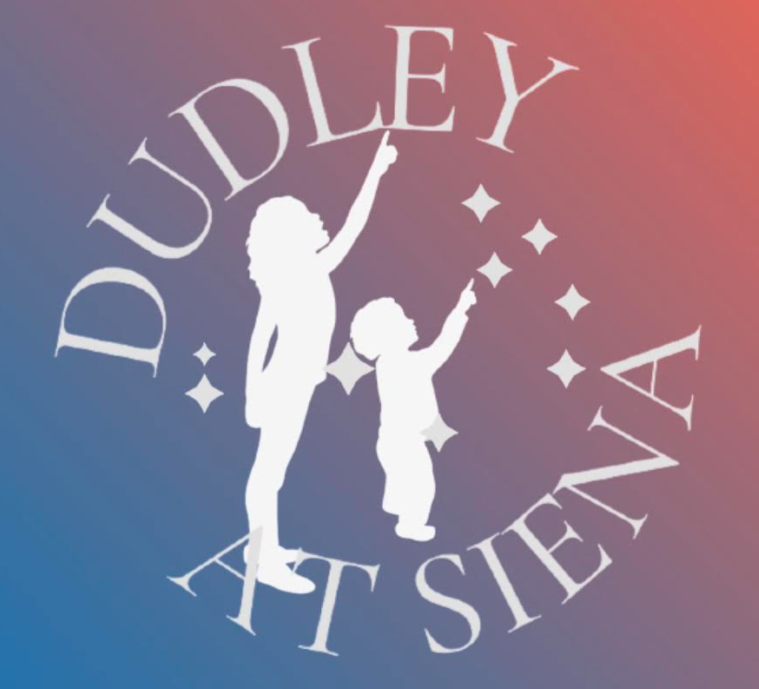Skywatch Line for Friday, May 2, through Sunday, May 4, written by Sam Salem
This is Dudley Observatory’s Skywatch Line for Friday, May 2, through Sunday, May 4, written by Sam Salem.
On Friday, Sun rises at 5:48am and sets at 7:57pm; Moon sets at 1:07am and rises at 9:40am.
Look for the Moon forming a gently curving line with Pollux and Castor on Friday evening. Look for Mars on their upper left.
On Saturday evening, the thick waxing crescent Moon will glow close to Mars and the Beehive star cluster. Mars is less than 1° to the right of the Beehive star cluster.
Mars moves across the northern edge of the Beehive cluster On Sunday and Monday evenings.
First-quarter Moon occurs on Sunday at 9:52am. After dark the Moon will be under the Sickle of Leo, with Regulus to its left or upper left and Mars farther to the Moon’s lower right. First quarter Moon rises around noon and sets around midnight.
Venus, magnitude –4.7, rises at the very beginning of dawn. Venus will continue to rise right at the start of dawn through the end of May. In a telescope Venus is a shrinking, thickening crescent, currently about 28% sunlit. It will become half lit around the end of May.
As darkness falls, look for bright Jupiter high in the western sky and reddish Mars almost overhead.
Mars, magnitude +0.9 in the constellation of Cancer, glows high in the southwest in the evening, left or upper left of Pollux and Castor. Mars continues to pull a farther away from them. In a telescope, Mars is gibbous, 90% sunlit. It has shrunk to only 6½ arcseconds in diameter.
Jupiter, magnitude –2.0 in the constellation of Taurus, shines bright white in the west in early evening, 44° lower right of Mars along the ecliptic. Jupiter continues to form a shrinking triangle with Taurus’s two horn-tip stars. Jupiter sets in the west-northwest around 11pm. In a telescope, Jupiter has shrunk to only 34 arcseconds wide.
Sirius still twinkles very low in the west-southwest at the end of twilight. It sets soon after. The Summer Triangle is beginning to make its appearance in the east, one star after another. The first in view is Vega. It stands out brightly low in the northeast after nightfall. Next up is Deneb, lower left of Vega by two or three fists at arm’s length. Deneb takes about an hour to appear after Vega does. The third is Altair, which shows up far to Vega’s lower right by about 11pm.
Arcturus, in the constellation of Boötes the Herdman, is the brightest star high in the east these evenings. Spica, the brightest star in the constellation of Virgo, shines lower right of it by about three fists at arm’s length. To the right of Spica by half that distance is the distinctive four-star constellation Corvus, the springtime Crow.
